A beautiful journey awaits expectant mothers: the adventure of carrying a new life within. Yet, every pregnancy is as unique as the snowflakes that fall in winter, and sometimes, certain conditions that require special attention can arise. One such condition is Placenta Previa. If you’ve encountered this term during your prenatal visits or through research and are wondering what it entails, May-Grant OB/GYN is here to elucidate.
Delving Deep: What is Placenta Previa?
During pregnancy, the placenta is critical in supplying the fetus with nutrients and oxygen. It’s the bridge that connects the mother to her unborn child. In a usual scenario, the placenta attaches to the upper part of the uterus. However, in the case of Placenta Previa, the placenta attaches itself to the lower portion, near or covering the cervix.
Types of Placenta Previa
Broadly, Placenta Previa can be categorized into:
- Complete Previa: The placenta entirely covers the cervix.
- Partial Previa: A part of the cervix is covered by the placenta.
- Marginal Previa: The placenta is located near the edge of the cervix but doesn’t cover it.
Understanding the type of Placenta Previa can aid in devising the best course of action for both mother and baby.
Signs and Symptoms
One of the prominent signs of Placenta Previa is painless bleeding during the second or third trimester. The bleeding can be light or heavy, continuous or sporadic. However, it’s essential to note that not all instances of bleeding indicate Placenta Previa. If you experience any form of bleeding, reaching out to your healthcare provider for an accurate diagnosis is crucial.
Potential Causes and Risk Factors
While the exact cause of Placenta Previa remains a medical mystery, there are specific factors that could elevate the risks:
- Previous cesarean delivery or other uterine surgeries
- Multiple pregnancies (twins, triplets, etc.)
- Previous instances of Placenta Previa
- Being above the age of 35
- Smoking or substance use
Implications and Management
While Placenta Previa can sound concerning, with the right care, many women successfully navigate through their pregnancies. Some potential implications and management techniques include:
- Monitoring: Regular ultrasounds can track the position of the placenta as the pregnancy progresses. In many cases, as the uterus grows, the placenta moves away from the cervix.
- Restricted Activities: Depending on the severity, you might be advised to limit physical activities and maintain bed rest. It’s always best to follow your physician’s guidelines to ensure safety.
- Cesarean Delivery: Vaginal delivery can be risky with Placenta Previa, especially if the placenta completely covers the cervix. A scheduled cesarean section might be the safest route for childbirth.
- Steroid Administration: In certain cases, if there’s a risk of premature delivery, doctors might administer steroids to aid in the baby’s lung development.
- Bleeding Management: Should heavy bleeding occur, you might need to be admitted to the hospital for close monitoring or even an emergency cesarean if deemed necessary.
Complications
Placenta Previa presents several potential complications that can impact both the mother and the baby. One of the most significant concerns is excessive bleeding (hemorrhage) during labor or delivery. This bleeding can be abrupt and intense, posing severe risks to the mother and potentially leading to situations requiring blood transfusions or even an emergency hysterectomy. The unpredictable nature of this bleeding often means that healthcare professionals must be exceptionally vigilant, especially during the third trimester, as it can necessitate an emergency cesarean section to ensure the safety of both the mother and the baby.
For the baby, the complications arising from Placenta Previa can include preterm birth, primarily if the mother experiences significant bleeding or if the condition is detected early in the pregnancy. A preterm birth can lead to several challenges for the newborn, ranging from underdeveloped organs to difficulties in breathing, due to immature lung development. Additionally, babies born to mothers with Placenta Previa are more likely to have a low birth weight and may be in a breech or transverse position, necessitating a cesarean delivery. Moreover, there’s a heightened risk of the baby developing neonatal anemia, a condition where the infant doesn’t have enough red blood cells to transport oxygen efficiently.
Your Next Steps: Navigating Placenta Previa with Confidence
Pregnancy is a beautiful journey, a roller-coaster of emotions, experiences, and expectations. While conditions like Placenta Previa can introduce challenges, remember that with the right knowledge and care, you’re on a path to a safe pregnancy and delivery.
If you have concerns or seek further guidance on Placenta Previa or any other pregnancy-related topic, contact May-Grant OB/GYN. We’re more than just healthcare providers; we’re your trusted companions in this profound journey of life creation. Schedule an appointment with us and let’s ensure the health and happiness of both you and your future star.
Sources
- American College of Obstetricians and Gynecologists. (Year). Placenta Previa. URL
- Mayo Clinic. (Year). Understanding Placenta Previa and its Implications. URL
- National Institute of Child Health and Human Development. (Year). Placenta Previa: Risks, Causes, and Management. URL
















